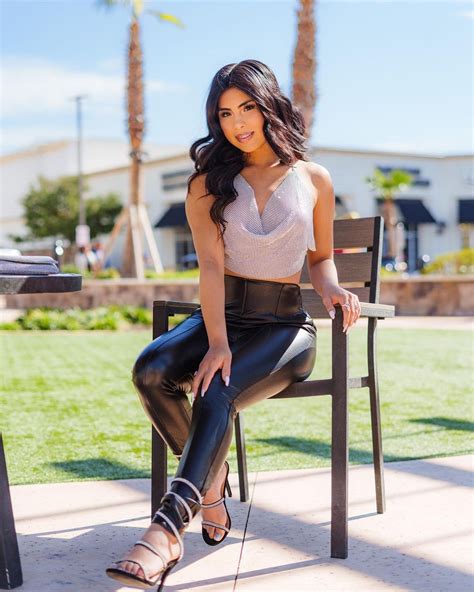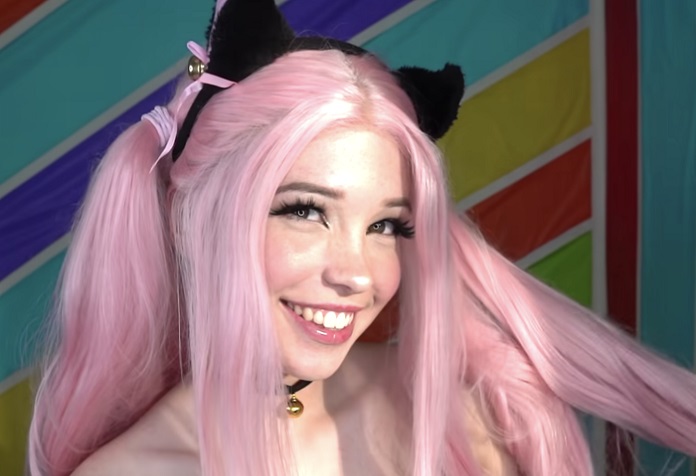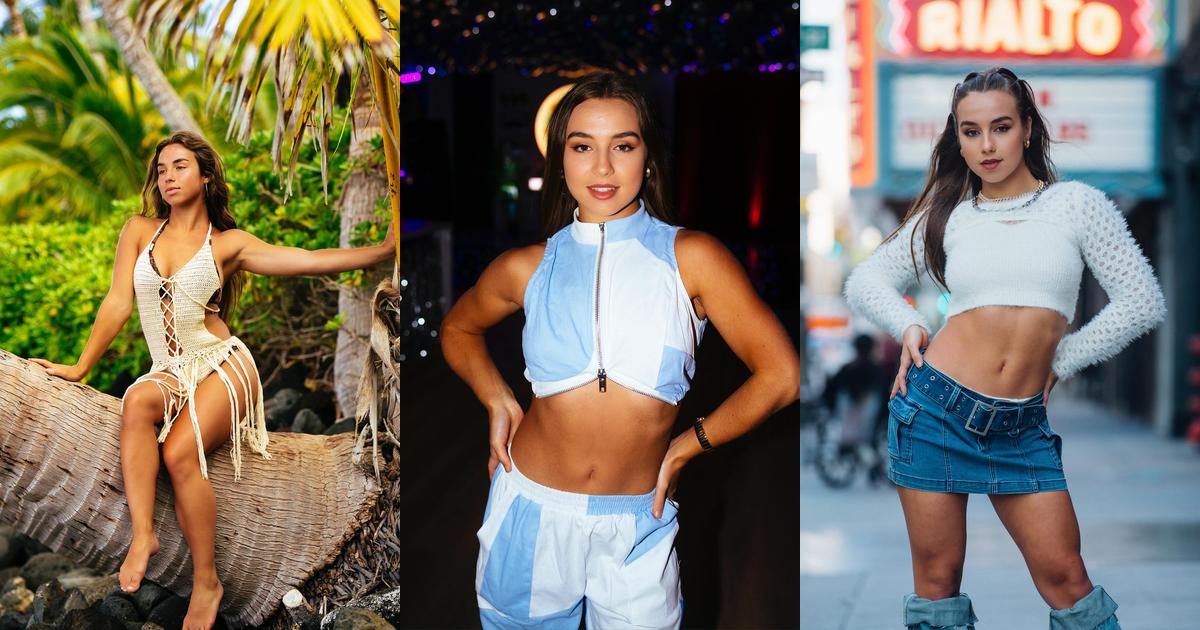The Ultimate Guide to LinkedIn Post Photo Sizes
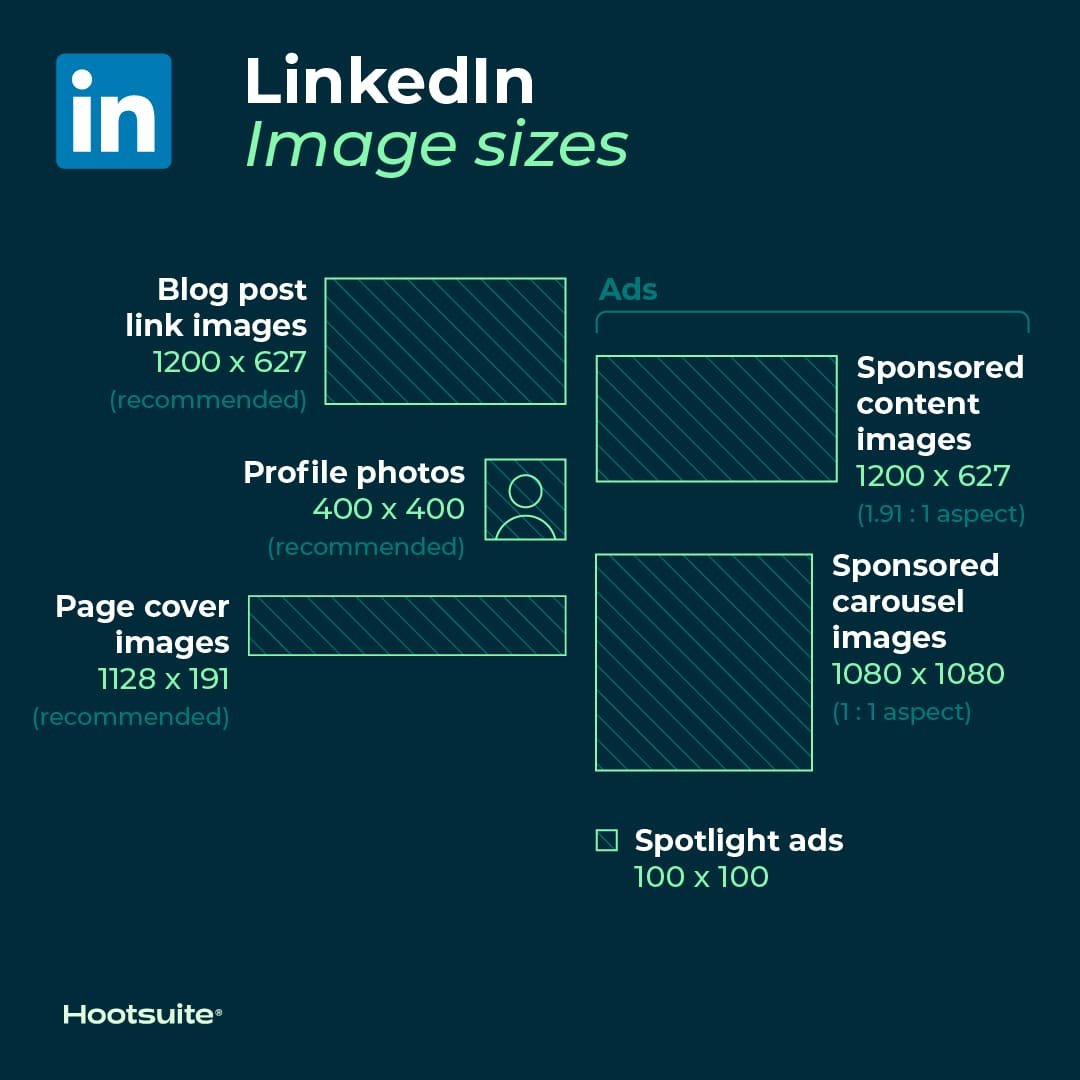
In the digital age, where social media platforms have become powerful tools for personal branding and business networking, mastering the art of visual content is essential. LinkedIn, the world's largest professional networking platform, recognizes the impact of visuals and offers a unique opportunity to enhance your online presence through compelling posts. This comprehensive guide will delve into the world of LinkedIn post photo sizes, providing you with the knowledge and strategies to create visually stunning and professionally aligned content.
Understanding LinkedIn's Visual Landscape
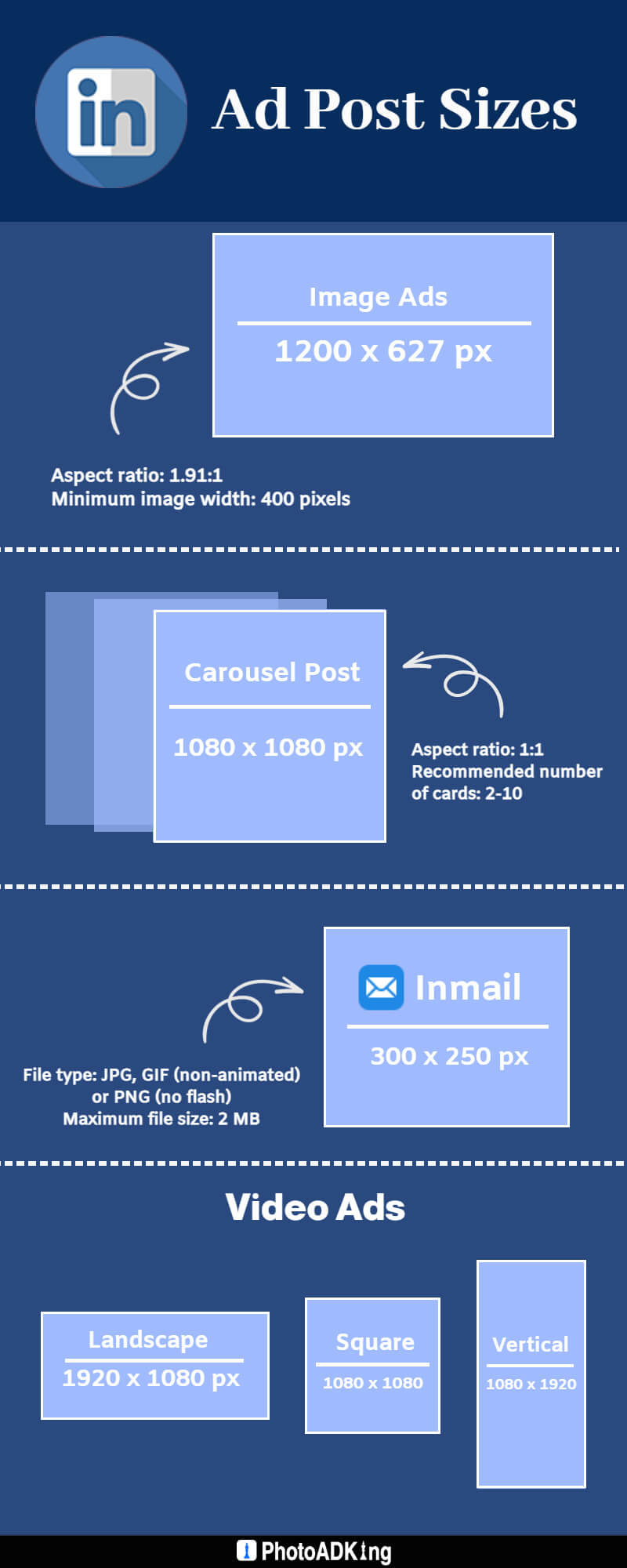
LinkedIn, with its vast user base of professionals, executives, and influencers, has evolved beyond a mere job-seeking platform. It has become a hub for thought leadership, industry insights, and personal branding. In this competitive arena, visuals play a pivotal role in capturing attention and leaving a lasting impression. LinkedIn's algorithm favors engaging content, and strategically optimized post photos can significantly boost your reach and engagement metrics.
The Power of Visuals on LinkedIn
Visuals are not just an aesthetic addition to your LinkedIn posts; they are powerful tools for communication. They can convey complex ideas, evoke emotions, and simplify information. When used effectively, visuals can enhance the clarity and impact of your message, making your content more shareable and memorable. From infographics to professional headshots, the right visual elements can elevate your online presence and establish you as a thought leader in your field.
Consider the following statistics that highlight the importance of visuals on LinkedIn:
| Statistic | Description |
|---|---|
| 80% Engagement | Posts with visual content receive up to 80% higher engagement compared to text-only posts. |
| 94% Retention | People remember only 10% of what they hear, but up to 94% of what they see and do. |
| 3X More Comments | LinkedIn posts with images tend to generate 3 times more comments than those without. |
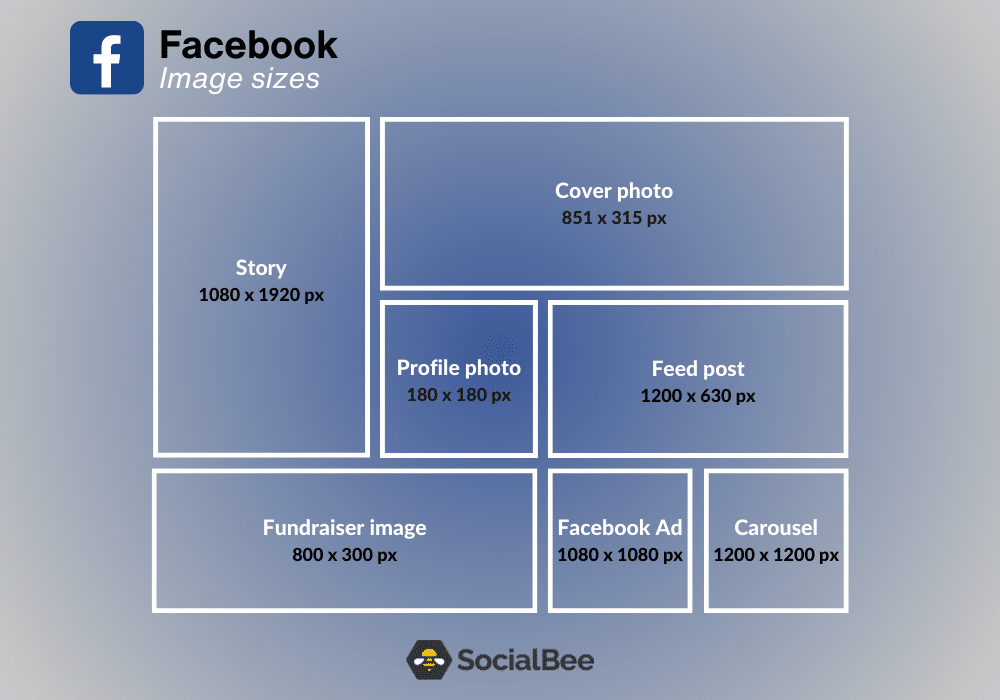
LinkedIn Post Photo Specifications
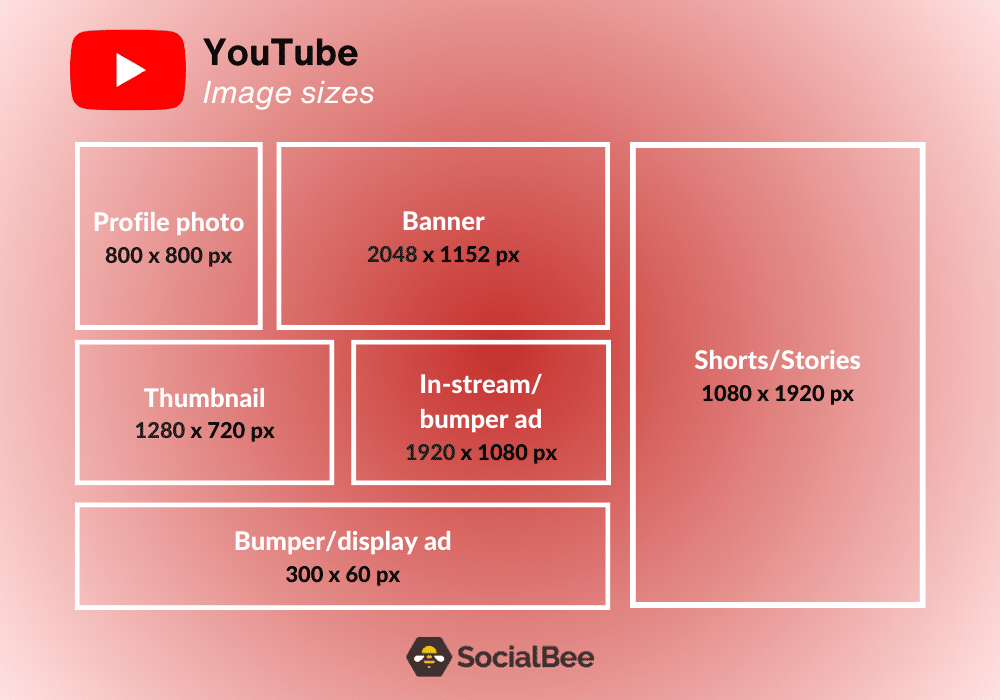
To ensure your visual content shines on LinkedIn, it's crucial to adhere to the platform's recommended photo sizes and specifications. These guidelines not only ensure optimal display but also enhance the overall user experience. Here's a detailed breakdown of the various photo types and their respective dimensions:
Profile Picture
Your LinkedIn profile picture is your digital identity and the first impression you make on potential connections. It's essential to choose a professional, high-quality image that represents your brand or persona accurately. Here are the recommended specifications:
- Size: 400 x 400 pixels (minimum) for optimal display.
- Format: JPEG, PNG, or GIF (animated profiles are supported).
- Dimensions: LinkedIn automatically crops and resizes profile pictures to fit a circular frame. Ensure your image is cropped to focus on your face and shoulders.
- Tips: Consider using a headshot with a plain background to ensure clarity and avoid distractions.
Background Image
LinkedIn's background image feature allows you to customize your profile with a large-scale image, creating a visually appealing and personalized space. Here's what you need to know:
- Size: 1536 x 768 pixels (recommended) for a high-quality, non-pixelated display.
- Format: JPEG or PNG.
- Dimensions: The background image is displayed across the top of your profile, spanning the entire width of the page.
- Tips: Choose an image that aligns with your brand or expertise. Avoid busy patterns or designs that might distract from your profile content.
Post Images
LinkedIn post images are a powerful way to capture attention and enhance your content. Whether you're sharing industry insights, announcing a new project, or showcasing your work, the right image can make all the difference. Here are the key specifications:
- Size: 1200 x 627 pixels (recommended) for optimal display in the news feed.
- Format: JPEG or PNG.
- Dimensions: LinkedIn's feed displays posts in a rectangular format. Ensure your image is cropped and optimized for this aspect ratio.
- Tips: Consider using vertical images with a 2:1 aspect ratio for better visibility. Keep text overlays to a minimum to ensure readability.
Carousel Images
LinkedIn's carousel feature allows you to showcase multiple images or slides within a single post, creating a dynamic and engaging visual experience. Here's how to make the most of this format:
- Size: Each carousel image should be 1200 x 627 pixels (recommended) to maintain consistency.
- Format: JPEG or PNG.
- Dimensions: Carousel images are displayed as a series of rectangular slides. Ensure your images have a uniform aspect ratio for a seamless transition.
- Tips: Use a consistent theme or color palette across your carousel images to create a cohesive visual story. Consider adding text overlays or captions to guide viewers through your content.
Video Thumbnails
When sharing videos on LinkedIn, you have the option to customize the video thumbnail, which appears as a preview before the video plays. Here's how to optimize this feature:
- Size: 1200 x 675 pixels (recommended) for a high-quality display.
- Format: JPEG or PNG.
- Dimensions: Video thumbnails are displayed in a 16:9 aspect ratio, similar to a widescreen TV.
- Tips: Choose a compelling frame from your video as the thumbnail to entice viewers to click and watch the full content. Ensure the thumbnail is representative of your video's theme or key message.
Strategies for Visual Storytelling on LinkedIn
Now that we've covered the technical specifications, let's delve into the art of visual storytelling on LinkedIn. By leveraging the platform's visual capabilities, you can create content that resonates with your audience and establishes your expertise.
Choosing the Right Visuals
The first step in crafting impactful LinkedIn posts is selecting the right visuals. Consider the following factors when choosing images or designing visual content:
- Relevance: Ensure your visuals directly relate to the topic or message of your post. Avoid generic stock images that lack context or connection to your content.
- Quality: Invest in high-quality, professional-looking images. Blurry or poorly lit visuals can detract from your message and reflect negatively on your brand.
- Consistency: Maintain a consistent visual style across your posts. Whether it's a color palette, typography, or a specific design element, consistency helps build recognition and reinforces your brand identity.
- Emotional Appeal: Visuals with emotional impact can leave a lasting impression. Consider using images that evoke curiosity, inspire action, or align with the emotional journey of your audience.
Incorporating Visual Elements
Here are some creative ways to incorporate visuals into your LinkedIn posts:
- Infographics: Visual representations of data or information can simplify complex concepts and make your content more digestible. Create infographics that highlight key insights or statistics related to your industry.
- Quotes: Visual quotes are a popular way to share inspiring or thought-provoking messages. Design visually appealing quote graphics with a background that aligns with your brand or the sentiment of the quote.
- Case Studies: Showcase your success stories or client projects through visual case studies. Use before-and-after images, screenshots, or diagrams to illustrate the impact of your work.
- Testimonials: Visualize customer testimonials or feedback with eye-catching designs. Incorporate quotes or reviews into visually appealing graphics to build trust and credibility.
Optimizing for Engagement
To maximize the impact of your LinkedIn visual content, consider these engagement-boosting strategies:
- Hashtags: Use relevant hashtags to expand the reach of your posts and connect with a wider audience. Hashtags can help your content appear in targeted searches and discovery feeds.
- Comments and Interactions: Engage with your audience by responding to comments and fostering discussions. This not only keeps your post active but also builds a community around your content.
- Repurpose and Refresh: Don't be afraid to repurpose your successful visual content. Update and refresh your images or infographics with new insights or data to keep them relevant and engaging.
- Collaborate: Collaborate with industry influencers or thought leaders by featuring their insights or expertise in your visual content. This can enhance the credibility of your post and attract their followers' attention.
Best Practices and Tips
As you embark on your LinkedIn visual content journey, keep these best practices and tips in mind to ensure a professional and impactful online presence:
- Brand Consistency: Maintain a consistent brand identity across your visual content. Use your brand colors, logo, and typography to create a cohesive visual experience that reinforces your professional image.
- Accessibility: Ensure your visual content is accessible to all users. Avoid text-heavy images or complex designs that might be challenging for users with visual impairments. Consider adding alt text to your images for better accessibility.
- Copyright and Permissions: Respect copyright laws and obtain necessary permissions when using images or visual content created by others. Always credit the original source or creator to maintain ethical standards.
- Stay Updated: LinkedIn frequently updates its platform and introduces new features. Stay informed about these updates and leverage them to enhance your visual content strategy. Experiment with new formats and features to keep your content fresh and engaging.
Future Trends and Innovations

As LinkedIn continues to evolve, we can expect exciting advancements in visual content capabilities. Here are some trends and innovations to watch out for:
- 3D and AR: LinkedIn is exploring the potential of 3D and augmented reality (AR) to create immersive visual experiences. Keep an eye out for new features that might allow you to showcase your products or services in a more interactive and engaging way.
- Video Optimization: With the growing popularity of video content, LinkedIn is likely to enhance its video capabilities. Expect improvements in video quality, formatting, and editing tools to help you create more professional-looking videos.
- AI-Powered Visuals: Artificial intelligence (AI) is set to play a significant role in visual content creation. LinkedIn might introduce AI-powered tools that assist in designing visually appealing graphics or optimizing images for better engagement.
- Interactive Content: LinkedIn is already experimenting with interactive content formats, such as polls and quizzes. Expect more innovative ways to engage your audience through interactive visuals and experiences.
Conclusion
Mastering the art of visual content on LinkedIn is a powerful strategy to elevate your professional presence and establish yourself as a thought leader. By understanding LinkedIn's photo size specifications, leveraging the power of visuals, and implementing strategic storytelling techniques, you can create content that resonates with your audience and drives meaningful engagement. As the platform continues to evolve, embrace the latest trends and innovations to stay at the forefront of visual communication on LinkedIn.
Frequently Asked Questions
Can I use animated GIFs as my LinkedIn profile picture?
+Yes, LinkedIn supports animated GIFs as profile pictures. However, ensure the animation is subtle and doesn't distract from your professional image. Keep the focus on your face and shoulders, and avoid excessive movement or flashing effects.
<div class="faq-item">
<div class="faq-question">
<h3>How often should I update my LinkedIn background image?</h3>
<span class="faq-toggle">+</span>
</div>
<div class="faq-answer">
<p>Updating your background image periodically can keep your profile fresh and engaging. Consider changing it to reflect seasonal themes, highlight new projects, or celebrate milestones. However, avoid excessive changes that might confuse your audience or detract from your professional brand.</p>
</div>
</div>
<div class="faq-item">
<div class="faq-question">
<h3>Can I use different sizes for carousel images in a single post?</h3>
<span class="faq-toggle">+</span>
</div>
<div class="faq-answer">
<p>While LinkedIn allows for some flexibility in carousel image sizes, it's best to maintain a consistent aspect ratio and size for all images within a single post. This ensures a seamless viewing experience and prevents abrupt changes in image dimensions.</p>
</div>
</div>
<div class="faq-item">
<div class="faq-question">
<h3>How can I optimize my LinkedIn video thumbnails?</h3>
<span class="faq-toggle">+</span>
</div>
<div class="faq-answer">
<p>To optimize your video thumbnails, choose a frame that showcases the key message or highlight of your video. Ensure the thumbnail is visually appealing and representative of your content. You can also consider adding text overlays or graphics to enhance the impact of your thumbnail.</p>
</div>
</div>
<div class="faq-item">
<div class="faq-question">
<h3>What are some tools for creating professional-looking visual content on LinkedIn?</h3>
<span class="faq-toggle">+</span>
</div>
<div class="faq-answer">
<p>There are numerous online tools and software available for creating visually appealing content. Canva, Adobe Spark, and Visme are popular options that offer templates, design elements, and easy-to-use interfaces. Additionally, consider using photo editing software like Adobe Photoshop or Lightroom for more advanced visual enhancements.</p>
</div>
</div>
</div>
